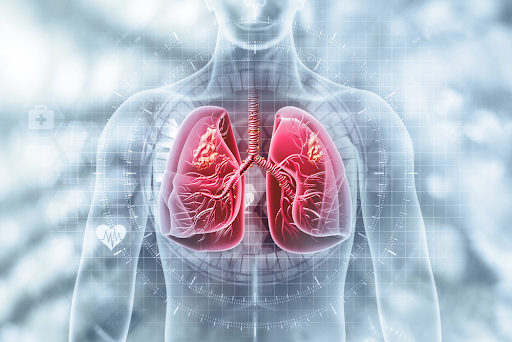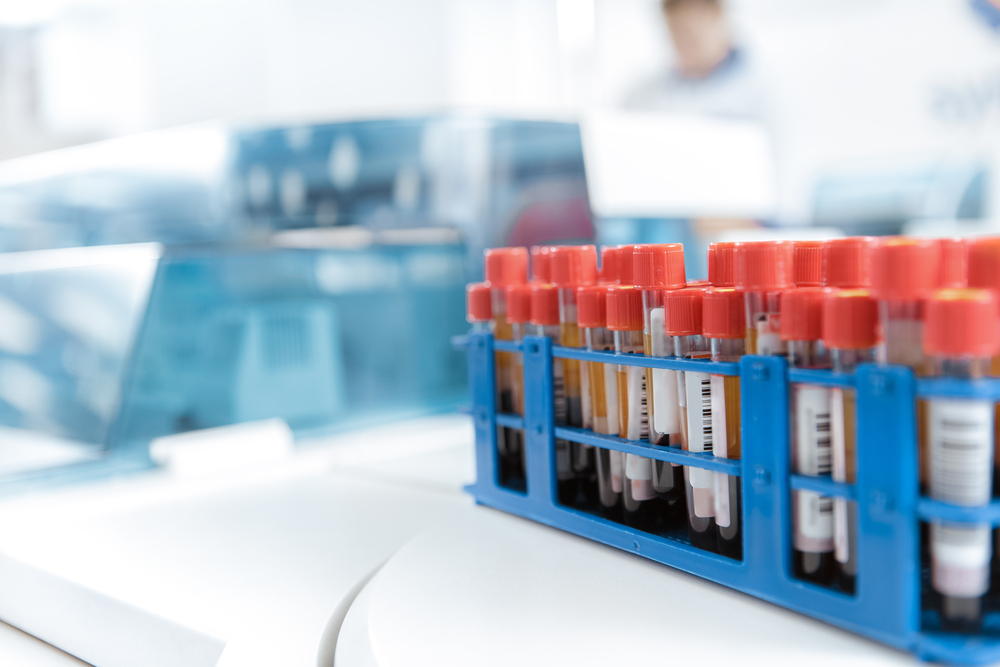Anti Mullerian Hormone - All You Need To Know About AMH.

In the realm of reproductive health, the significance of hormones cannot be overstated. Among these, Anti-Mullerian Hormone (AMH) stands out as a vital player, offering insights into fertility potential and reproductive health. In this comprehensive guide, we delve into the depths of AMH, exploring its functions, clinical applications, and implications for both female and male health. Whether you're considering fertility treatment or simply seeking to understand your reproductive health better, this guide aims to equip you with the knowledge you need to navigate the intricacies of AMH testing
Understanding AMH
Anti-Mullerian Hormone, produced by the ovaries in females and the
testes in males, serves as a marker of ovarian reserve. It plays a
crucial role in the development of reproductive organs during fetal
life and regulates the growth of ovarian follicles during adulthood.
One of the remarkable aspects of AMH is its stability throughout the
menstrual cycle, making it a reliable indicator of ovarian reserve.
By measuring AMH levels, healthcare providers can assess a woman's
remaining egg supply and predict her response to fertility
treatments such as in vitro fertilization (IVF).
Clinical Applications of AMH
The utility of AMH extends beyond mere assessment of ovarian
reserve. In clinical practice, AMH levels are utilized to tailor
fertility treatments to individual patients. For instance, women
with low AMH levels may require higher doses of fertility
medications to stimulate follicle growth during IVF. Conversely,
women with elevated AMH levels may be at risk of ovarian
hyperstimulation syndrome (OHSS) and require adjustments to their
treatment protocols.
Moreover, AMH testing can aid in the diagnosis of conditions such as
polycystic ovary syndrome (PCOS), where elevated AMH levels are
often observed. By identifying underlying hormonal imbalances,
healthcare providers can formulate targeted treatment plans to
address the specific needs of each patient
AMH and Female Health
While AMH is primarily associated with fertility assessment, its
significance transcends reproductive concerns. Research suggests
that AMH levels may serve as indicators of overall female health,
with lower levels associated not only with decreased fertility but
also with an increased risk of metabolic disorders such as diabetes
and cardiovascular disease.
fluctuations in AMH levels have been observed in conditions such as
endometriosis and polycystic ovary syndrome (PCOS), offering
insights into the underlying pathophysiology of these disorders. By
monitoring AMH levels alongside other clinical parameters,
healthcare providers can gain a more comprehensive understanding of
a woman's reproductive and
overall health status
AMH and Male Health
While AMH is predominantly produced by the ovaries in females, it
also plays a role in male reproductive health. In males, AMH is
secreted by the Sertoli cells within the testes and serves as a
marker of Sertoli cell function. Low AMH levels in males may
indicate impaired testicular function and reduced sperm production,
potentially impacting fertility.
AMH testing in males is particularly relevant in the context of
infertility evaluation, where it can provide valuable insights into
underlying reproductive disorders. By assessing AMH levels alongside
other semen parameters, healthcare providers can diagnose and treat
male infertility more effectively, thereby improving the chances of
conception.F
Treatment Options for Low AMH Levels:
For individuals with low AMH levels seeking to conceive, navigating
the path to parenthood may seem daunting. However, advancements in
reproductive medicine offer a range of treatment options to overcome
fertility challenges.
In cases of female infertility associated with low AMH levels,
fertility treatments such as IVF with donor eggs or fertility
preservation techniques may be recommended. Similarly, in males with
impaired sperm production, assisted reproductive technologies such
as intracytoplasmic sperm injection (ICSI) can facilitate
fertilization and enhance the likelihood of conception.
Moreover, lifestyle modifications such as maintaining a healthy
weight, managing stress, and avoiding exposure to environmental
toxins can positively impact reproductive health and optimize
fertility outcomes, irrespective of AMH levels.
Conclusion
In the journey towards parenthood, knowledge is indeed power. By
understanding the intricacies of Anti-Mullerian Hormone and its
implications for fertility and reproductive health, individuals can
make informed decisions regarding their family planning goals.
Whether undergoing fertility testing, exploring treatment options,
or simply seeking to optimize reproductive wellness,AMH testing
serves as a valuable tool in the hands of both patients and
healthcare providers.
As we continue to unravel the mysteries of reproductive biology, AMH
remains a beacon of hope for those embarking on the path to
parenthood. Armed with knowledge and supported by advances in
medical science, individuals can navigate the complexities of
fertility with confidence, knowing that they are empowered to make
choices that align with their aspirations for the future.





